In the News
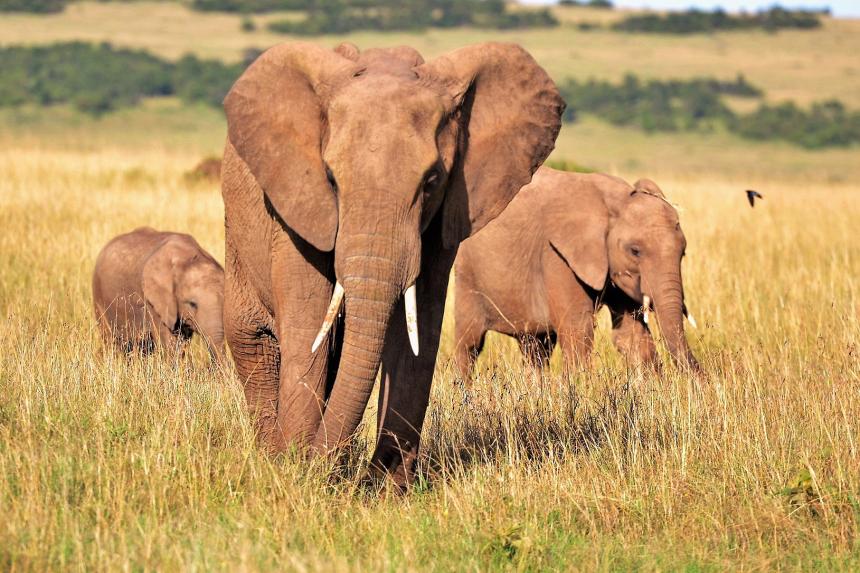
May 09, 2023
The cross-disciplinary Cornell Global Grand Challenge explores how, and why, Earth’s beings are always on the move. This includes research by Dr. Steve Osofsky, DVM ’89, who has long studied the effects of fences on migratory elephants and other wildlife in southern Africa.
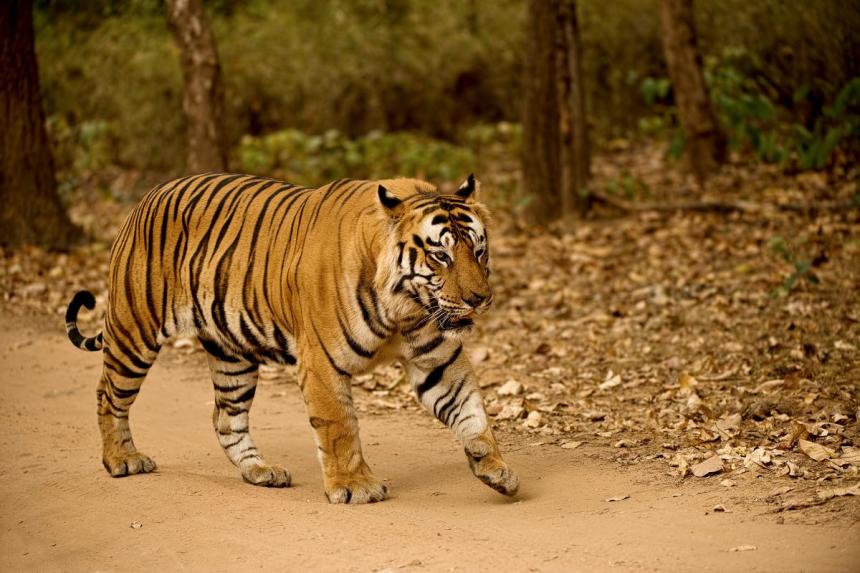
May 04, 2023
In the past century, the global tiger population has dwindled from over 100,000 to between 3,726 and 5,578 animals. In this literature review led by Cornell, researchers suggest disease surveillance is increasingly important as tiger populations decline and become more vulnerable to disease outbreaks.
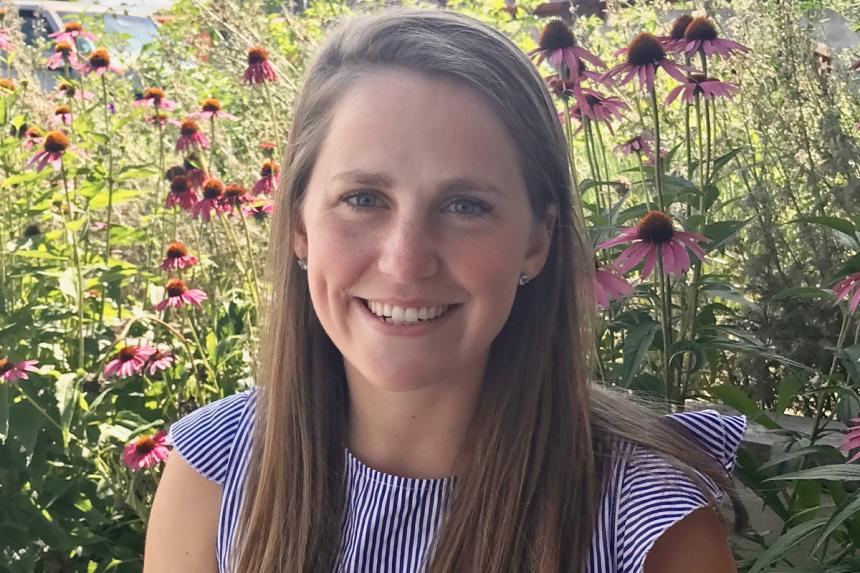
May 01, 2023
Kristina Ceres' extensive research, from cattle with tuberculosis to the critically endangered great hammerhead shark, led the Wildlife Disease Association to select Ceres for a Graduate Student Scholarship Award, which recognizes outstanding academic accomplishment and future potential in wildlife research.
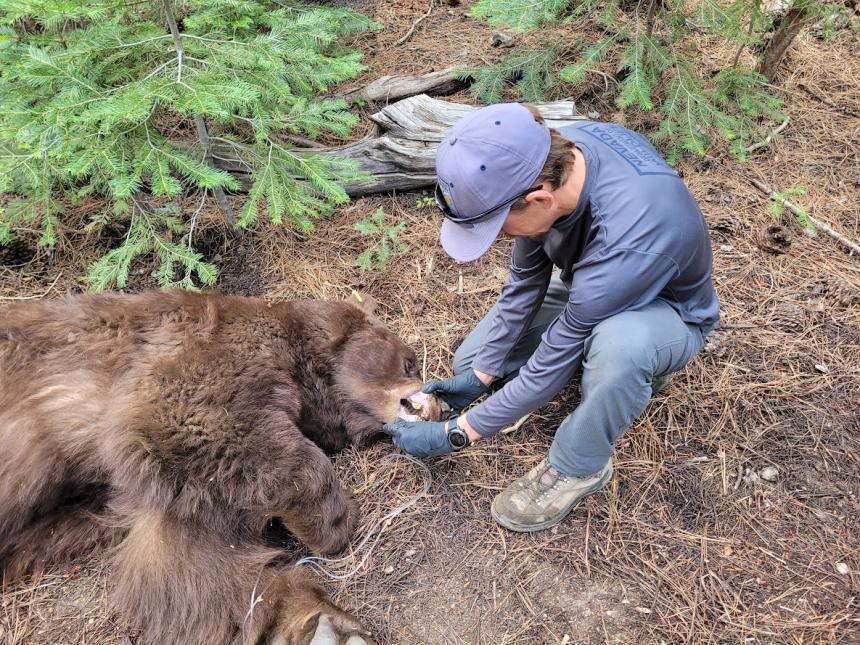
News
April 26, 2023
As the son of two veterinarians, Nate LaHue, DVM ’13, was exposed to veterinary medicine his whole life, though his interests never meshed with small animal practice. It was during his undergraduate years that he realized he could combine his interest in veterinary medicine with his passion for wildlife.
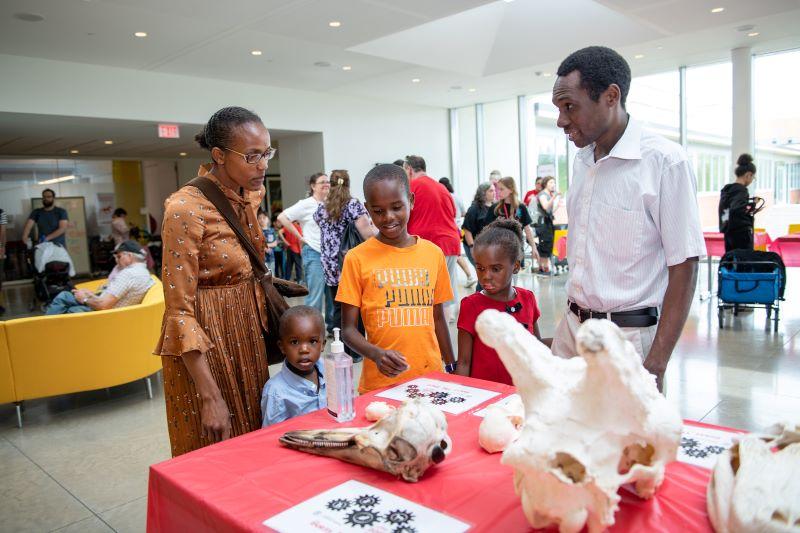
April 24, 2023
A beloved tradition returned to Cornell University’s College of Veterinary Medicine this past week. After a three-year, pandemic-induced hiatus, the college invited the community to its 54th annual Open House.
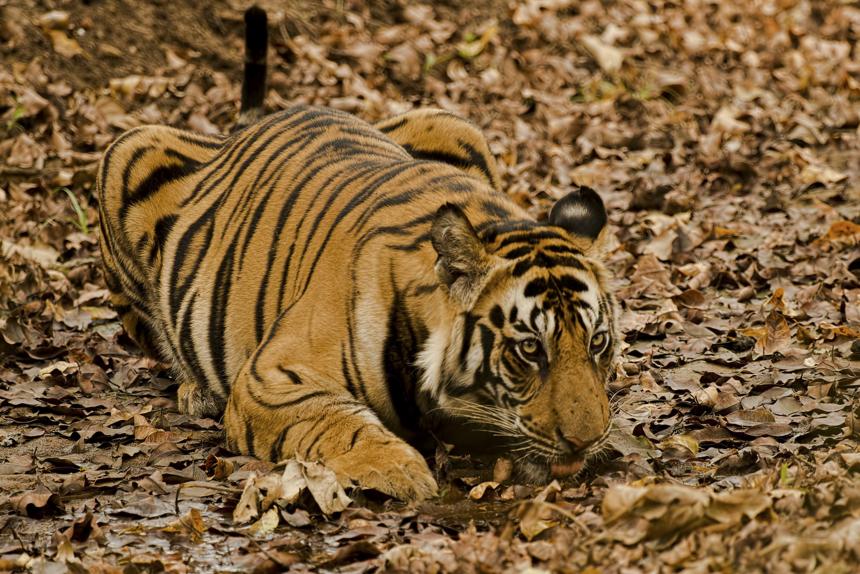
For Your Information
April 21, 2023
The contraction of the global tiger population over the last 100 years into small, often isolated subpopulations has made them increasingly vulnerable to the impact of disease. Despite this, the health of wild tigers continues to be insufficiently funded and explored.
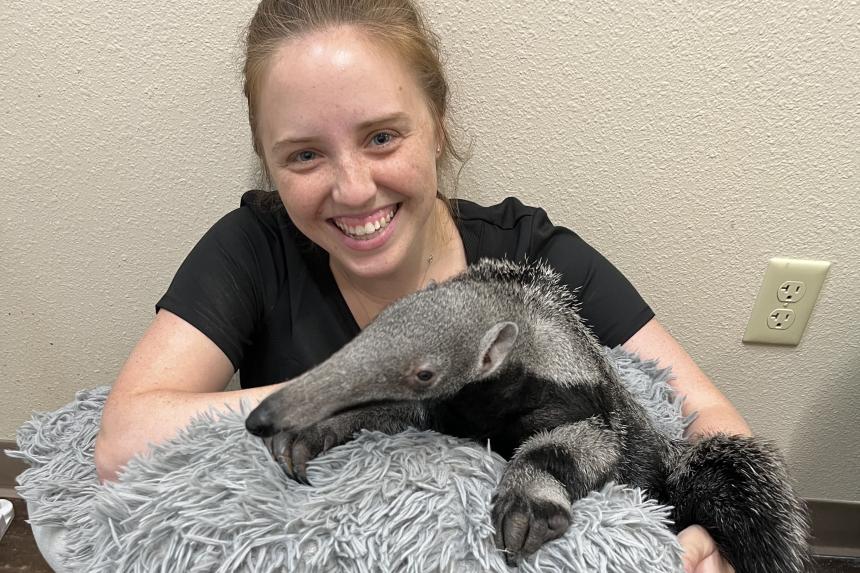
April 19, 2023
My experience as a first-year vet student in 2020 was largely shaped by the pandemic and the many limitations it imposed. When I first learned about the Abilene Zoo in April 2021, it was through a Cornell Zoo and Wildlife Society (ZAWS) lecture given by Dr. Stephanie Carle, the Abilene Zoo’s senior veterinarian, over Zoom....
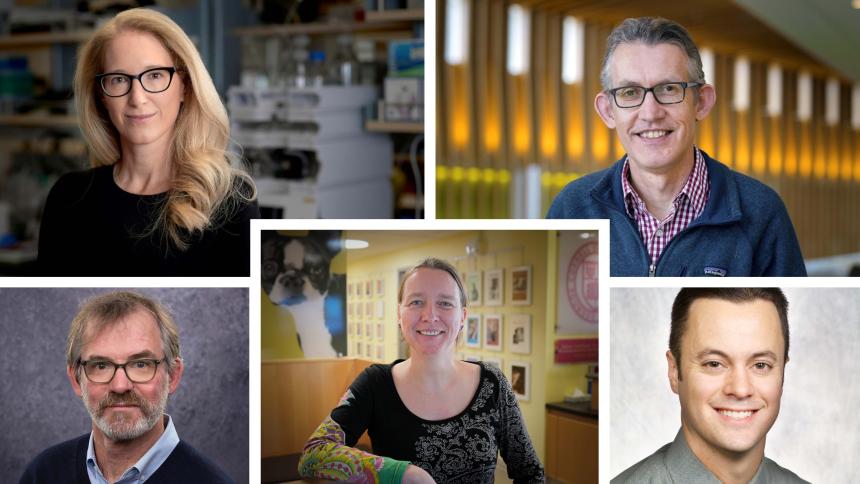
March 30, 2023
In recognition of their outstanding scholarship and service, multiple members of the Cornell University College of Veterinary Medicine faculty have been granted named professorships, including Drs. Raina Plowright and Gary Whittaker.
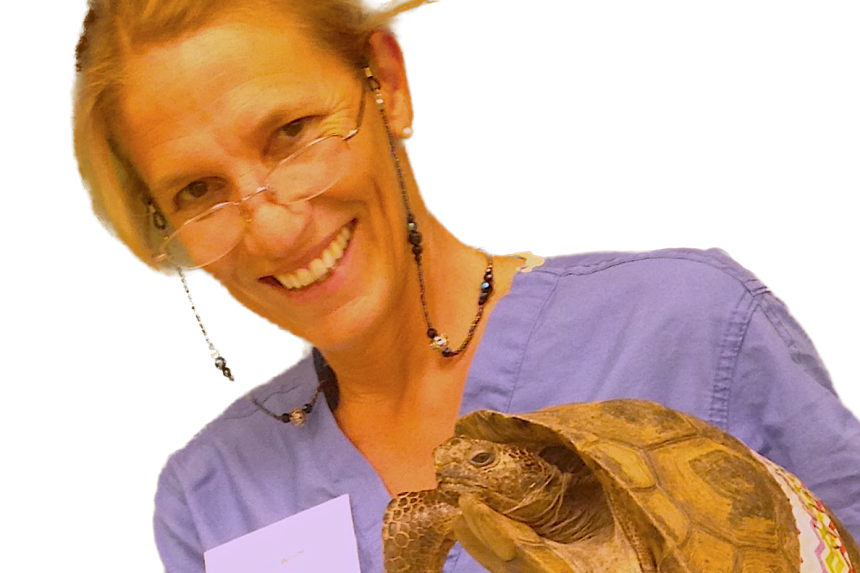
March 28, 2023
In 2022, Peregrine “Peri” Wolff, DVM ‘84, was invited to serve on the Cornell University College of Veterinary Medicine Advisory Council and the Women’s Engagement & Philanthropy Initiative, supporting Cornell's focus on wildlife health and its connections to public, domestic animal and environmental health.
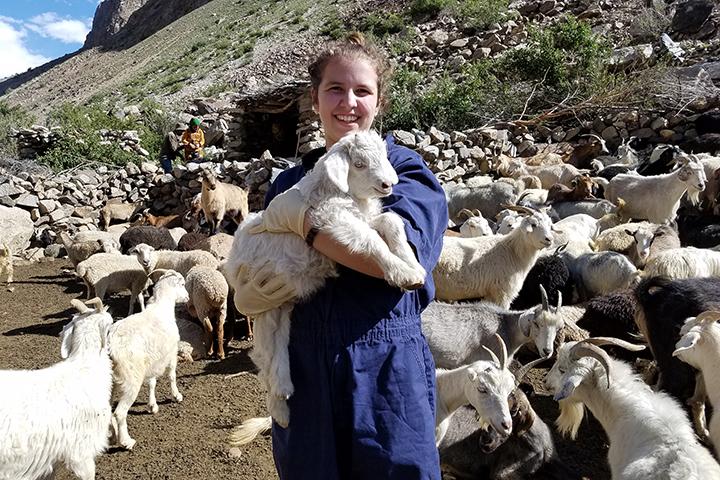
March 22, 2023
I vividly remember the night before I left for Tajikistan; I was nervous, excited, and utterly exhausted. I had just finished wrapping graduation gifts for my roommates and had just about moved everything out of where I was living for the last two years (including my bed)....
